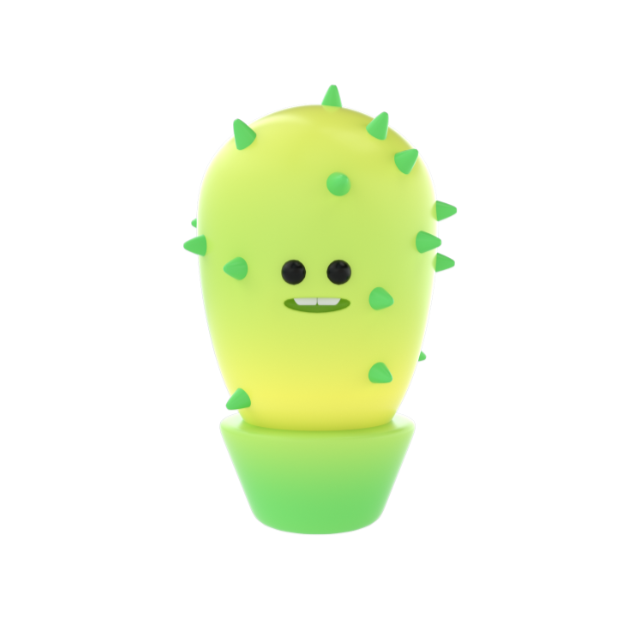текст А. Разделите текст на 4 части и выразите основную мысль каждой из них .
The Circulatory (Cardiovascular) System
1. The cardiovascular system is the system of blood circulation. By the cardiovascular system we mean the heart, the arteries, the veins and the capillaries of the human body.
2. The centre of the circulatory system is the heart. The human heart is a cone-shaped organ, about 5 inches1 long and 3 1/2 inches broad. It weighs about 10 ounces2 in the adult male, 6 ounces in the female. It lies in the thoracic cavity, just behind the breastbone and between the lungs. The heart is a hollow muscle which has four chambers. The right heart consists of an upper chamber, the atrium or the auricle and a lower chamber, the ventricle. Between these two chambers is a one-way valve, the tricuspid valve. The left heart has two chambers, but the valve that separates its chambers we call the mitral valve. Although the heart is a unit, anatomically and functionally, we may think of it as of two pumps - the «right heart» and the «left heart». The right heart receives blood from the veins and pumps it into the lungs by way of the lesser circulatory system. In the lungs the blood receives oxygen. Then it moves into the left heart. From the left heart the well-oxygenated blood moves into a large artery, the aorta. The blood returns to the heart by means of the veins. The walls of the capillaries are so thin that the dissolved nourishment that has come from the digestive system and the oxygen that has come from the lungs can pass through them into the tissues of the body and so nourish it. The capillaries form a close network all over the body. They gradually join together and get larger, and become veins.
3. Blood vessels that receive blood from the ventricle and lead it away from the heart and towards other organs are arteries («air duct» - Greek). The vessels received this name because the early anatomists assumed that they had been empty in dead persons and had carried air.The artery that takes up the blood from the right ventricle and carries it to the lungs is the pulmonary artery («lungs» - Latin). The pulmonary artery divides in two - one branch leads to the right lung, the other - to the left. The arteries continue to divide and subdivide and form smaller and smaller vessels with thinner and thinner walls. The smallest arteries are the arterioles and these finally divide into capillaries («hairlike» - Latin). We name them so because of their fineness, though actually they are much finer than hairs.
4. Gradually the capillaries begin to join into larger vessels. Such larger blood vessels that carry blood to the heart from the organs are the veins. The smallest of these are the venules.
5. The particular vein into which the capillaries and venules of the lungs finally unite is the pulmonary vein. The pulmonary vein carries the freshly oxygenated blood to the left auricle. The pulmonary artery and pulmonary vein make up the pulmonary circulation.
6. The contraction of the left ventricle forces the blood through a one-way valve into the aorta («to lift up» - Greek). The aorta is the largest artery in the body. It moves upward at first (the ascending aorta), but then arches over dorsally (the arch of the aorta). In its downward course, the aorta passes through the diaphragm.
7. The blood is a red fluid, which coagulates when escapes from a blood vessel. It consists of a colourless fluid, plasma or serum, and many millions of minute bodies, the corpuscles.
116
365
Ответы на вопрос:
Реши свою проблему, спроси otvet5GPT
-
Быстро
Мгновенный ответ на твой вопрос -
Точно
Бот обладает знаниями во всех сферах -
Бесплатно
Задай вопрос и получи ответ бесплатно

Популярно: Английский язык
-
Напишите сочинение на 100 слов на на тему лучший день в моей жизни...
 Skapisheva1515151519.08.2022 14:33
Skapisheva1515151519.08.2022 14:33 -
Скажи, а ты любишь новогодние праздники? почему? слова из рамочки тебе. happy new...
 ksussshhhaaa20.02.2022 23:06
ksussshhhaaa20.02.2022 23:06 -
3.6.6 match the idioms in 3.5.7 to the definitions below example: think you are...
 Karta234657420.12.2022 18:10
Karta234657420.12.2022 18:10 -
Перевести на язык. 1) комната, освещённая свечами, казалась жёлтой. 2) включи свет!...
 santop08.05.2023 16:52
santop08.05.2023 16:52 -
Нужно рассказать это в третьем лице.(она) when i go on my dream vacation i am going...
 Liusia20002.06.2021 05:34
Liusia20002.06.2021 05:34 -
Закончи вопросы. she doesn’t like coffee, …? he enjoys reading, … ? you can play...
 Abzik520316.11.2022 23:50
Abzik520316.11.2022 23:50 -
)1. i did not know that you already (to read) this book 2. he did it better than...
 ТупаяСандра28.04.2022 11:07
ТупаяСандра28.04.2022 11:07 -
Составить предложение со словом overnight ? заранее )...
 valentina05ru13.07.2021 15:44
valentina05ru13.07.2021 15:44 -
Исправь приложения timy wrote songs for pop-singers last year. billy was in antarctica...
 Tania123601.12.2020 01:33
Tania123601.12.2020 01:33 -
Do you think it is difficult to stay friends with an ex boyfriend? ? have you ever...
 toli4ka133727.04.2021 16:41
toli4ka133727.04.2021 16:41

Есть вопросы?
-
Как otvet5GPT работает?
otvet5GPT использует большую языковую модель вместе с базой данных GPT для обеспечения высококачественных образовательных результатов. otvet5GPT действует как доступный академический ресурс вне класса. -
Сколько это стоит?
Проект находиться на стадии тестирования и все услуги бесплатны. -
Могу ли я использовать otvet5GPT в школе?
Конечно! Нейросеть может помочь вам делать конспекты лекций, придумывать идеи в классе и многое другое! -
В чем отличия от ChatGPT?
otvet5GPT черпает академические источники из собственной базы данных и предназначен специально для студентов. otvet5GPT также адаптируется к вашему стилю письма, предоставляя ряд образовательных инструментов, предназначенных для улучшения обучения.
